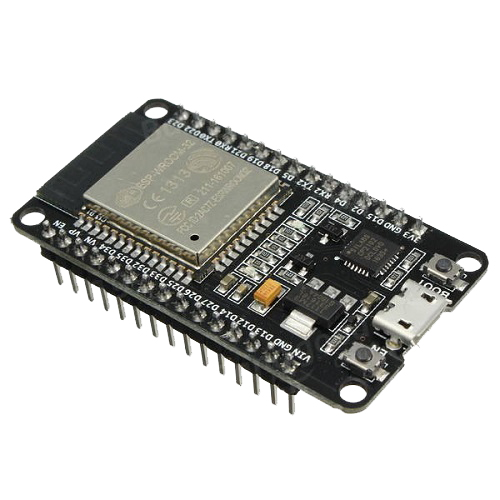

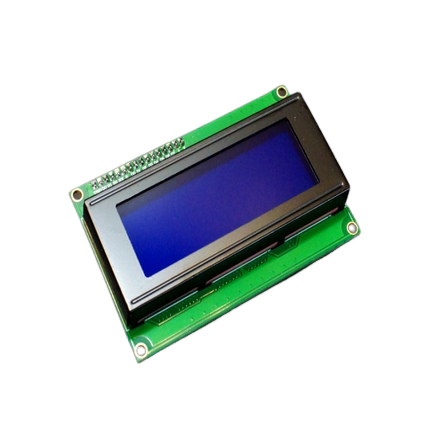
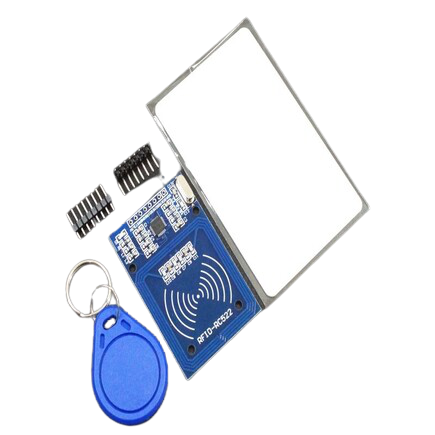
Let's explore the new way to get your order !
Project Repository
As we are really busy with our day-to-day life, almost everyone is like to have their meal wherever and whenever they want.
So, online food delivery services are really famous and very popular among people. There are so many food delivery services in Sri Lanka and there are huge beneficiaries also.
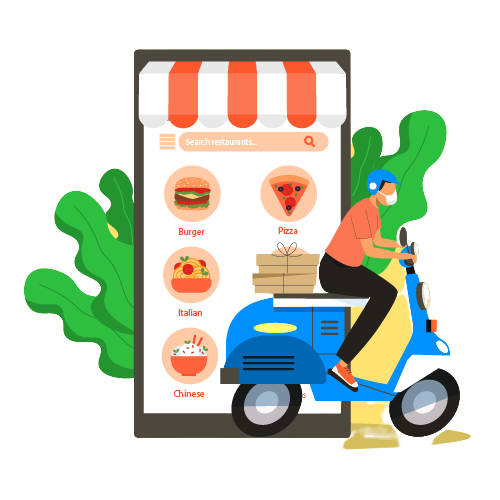


There are some services, that are providing online food delivery services already. But, there are some serious issues regarding those services. The main thing is about security (Reliability/Trust).
In this particular area, those questions 'How far do we can trust those services? as a customer and 'How far do we can trust those services? as a restaurant owner can occur.
There are two major roles here. The first one is the restaurant owners who provide food through delivery services and the second one is the customer who orders food through delivery service (Website or Mobile App).
We saw some complaints and some news about stating 'not delivering the ordered food accordingly' from the customers. Also, we could see those restaurant owners could not do anything about it since the delivery service provides the service of delivery. But they have an issue with their customer's trust. This becomes a problem in good service and we want to give a solution that would help to develop the online food delivery services more reliable.
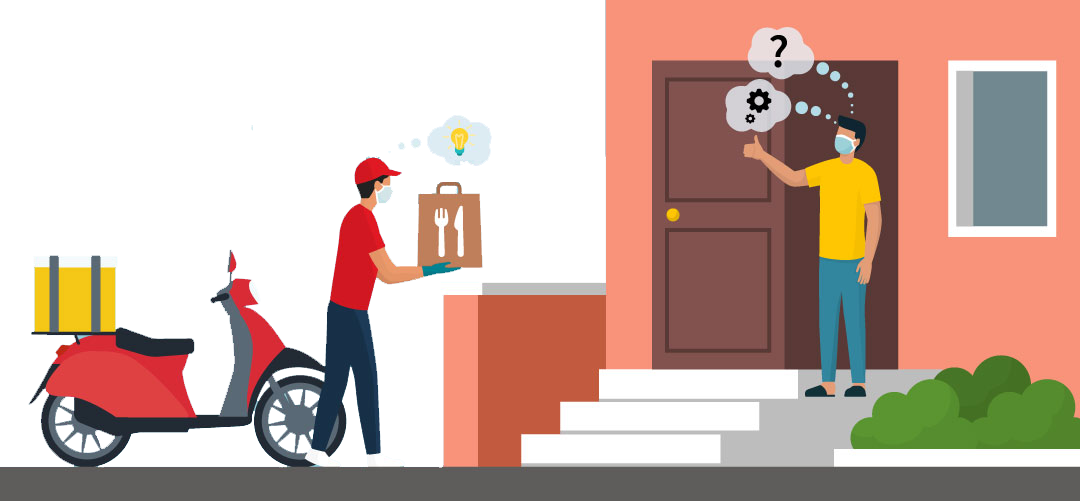
As it becomes a real-world problem, we thought about having a solution for that.
We provide a smart locking system for the food delivery carrier, which can only be accessible from two ends. The person from the restaurant side providing food can unlock the container using an RFID card and put the order into it. After locking the container, it can only be unlocked by the customer using an OTP or an RFID card, or both.
That must satisfy customers as it can't be opened within the delivery. So, they can trust whatever they buy. And also both client and customer have proof about the delivery.


The solution architecture consists of both software and hardware node. In the software node, there is an API that is responsible for handle data. Also, there is a mobile APP that will use to access the lock, and the client system is the one that assigns a particular order to the related delivery carrier.
In the hardware node, using a microcontroller, the carrier will be locked with a digital lock. To unlock the delivery carrier, an RFID tag or OTP will use through the mobile app. If there is an unauthorized opening then it will be detected. By using an LCD display, the necessary information such as OrderID that is in the carrier at that moment; will be displayed.


In the control and data flow, there are three significant roles in the system. They are restaurant admin, regular customers, and delivery riders.
Once a regular customer ordered foods through the existing online food delivery service system, he will get an Order-ID. Then on the restaurant side, the restaurant admin will confirm the order and put the order in one of the available motorbike carriers by using provided RFID tag for that restaurant. In this process, the restaurant admin will confirm the order with that particular Carrier-ID. Then, the mobile number of that regular customer who ordered the food; will be sent to the SFD API with the Order-ID and Carrier-ID.
In the SFD API, the OTP (One-Time-Password) will send to the customer. Also, API will search for the mobile number in the database to check whether that customer has registered for the RFID tag, then if yes, the relevant RFID code will send to the microcontroller.
Once the regular customer logs into SFD's app, and if he entered the correct OTP then an unlocking signal will be sent to the microcontroller through the API. Here is the delivery rider's job once he confirms that particular order has arrived at the customer's place, then only the locker is available for the customer to unlock. Until then, the customer is not allowed to open the delivery carrier and that will display to the customer through the mobile app.
Here is the delivery rider's job once he confirms that particular order has arrived at the customer's place, then only the locker is available for the customer to unlock. Until then, the customer is not allowed to open the delivery carrier and that will display to the customer through the mobile app.
In the locking system, there is an unauthorized opening detection unit for the delivery carrier. Whenever the delivery carrier opened, it will generate an interrupt signal, if the unlocking signal from the API is not present at the microcontroller, it will alert the API as an unauthorized opening. Otherwise, the interrupt will ignore.
The current status of the delivery carrier will display through the LED indicators, and the current order's Order-ID will display on the LCD screen.


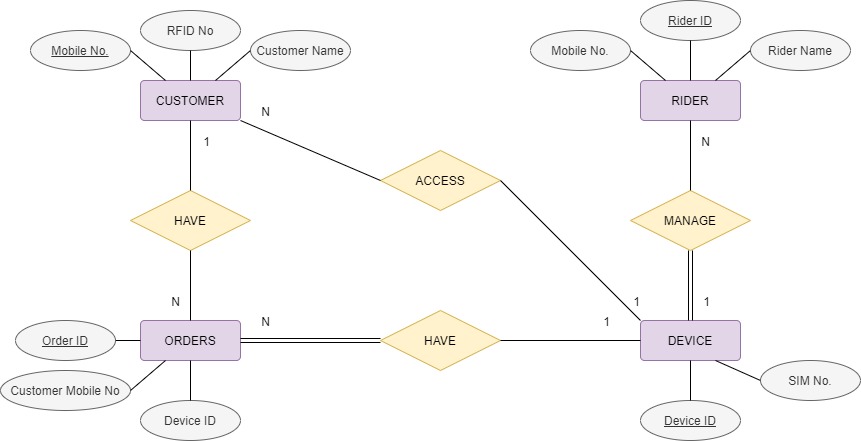
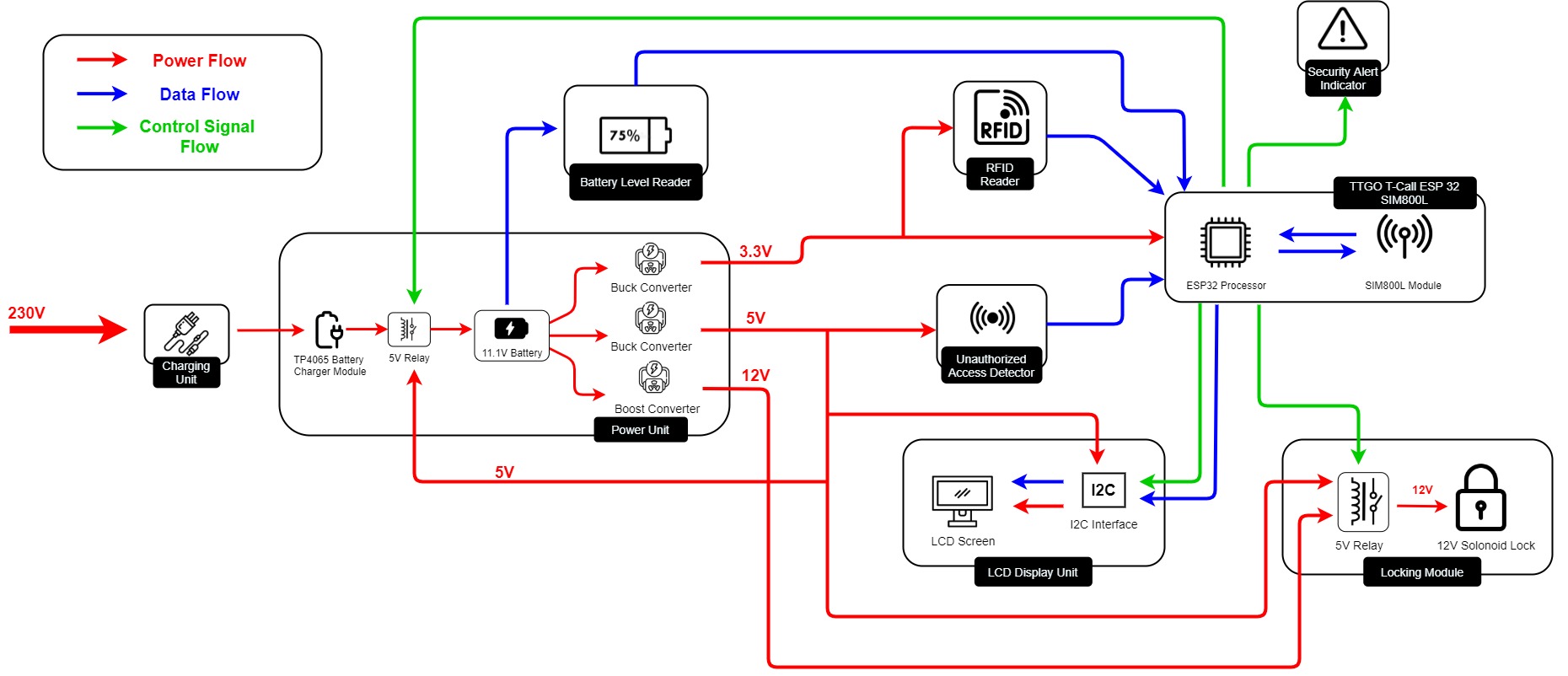
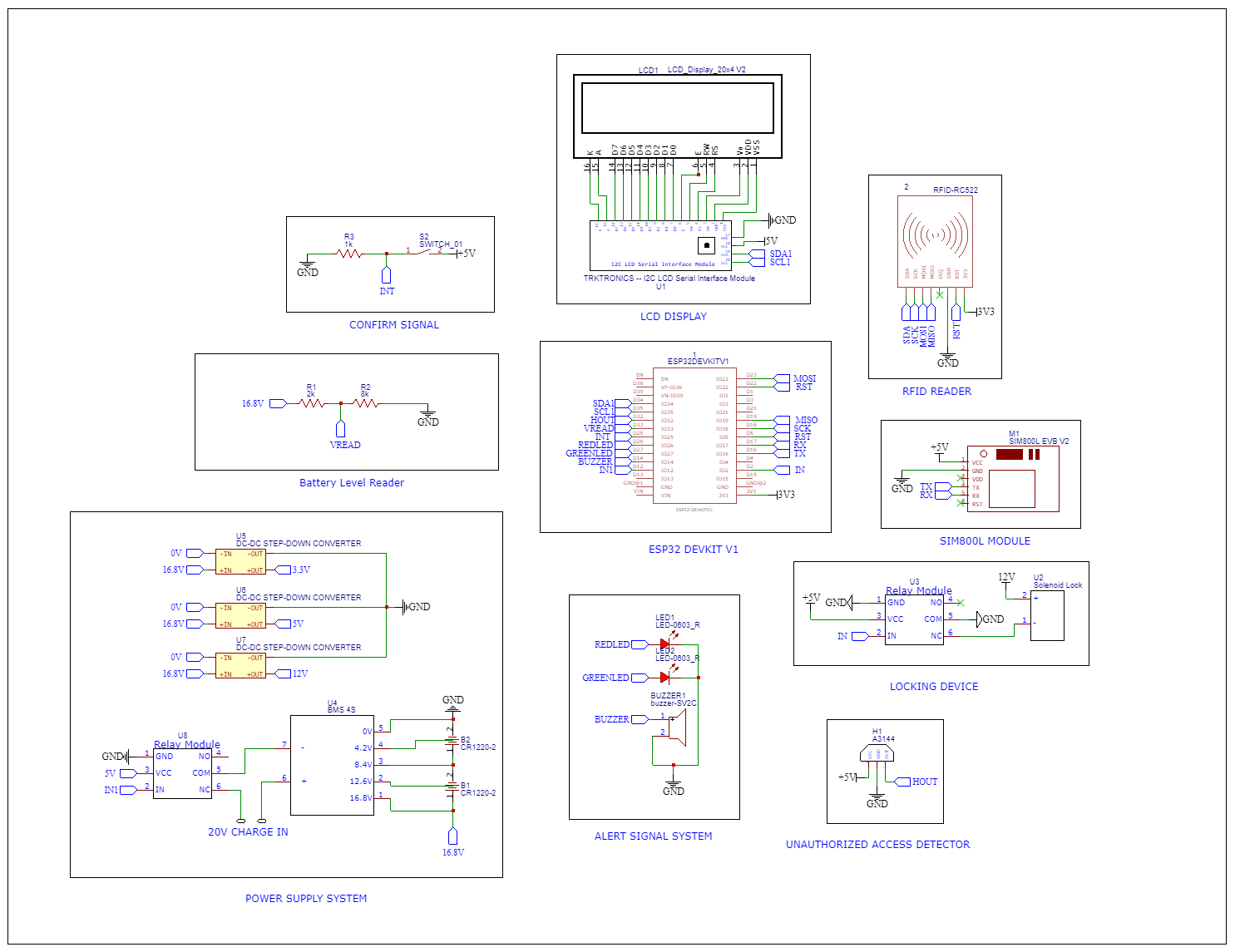





For the implementation of the mobile aplication, Flutter has chosen as it supports both android and IOS applications with single code base.

To built the API, Node.js javascript runtime enviroment is used.
Single treaded non-blocking operations, make the speed of the application much higher.

As the database, the API uses a relational database.
MySQL is used to build the relational database for the API.

AWS EC2 Service is used to host the API.
For the MQTT connections, the AWS IoT Core is being plan to use.
Security is the most important thing in the IT world right now.
In our solution, we have deeply considered the security point of view of our system.
We have developed our system with the help of the following techniques to enhance the application security in our solution.
For authentication purposes, our API uses the JSON Web Token to ensure integrity.
In the successful event of login, the user must receive a JWT, which is signed by the server.
Whenever the client wants to communicate with API (after the login stage), it has to pass that returned token with the
request.
If somehow the token is modified, API would deny access to the data.
User Inputs are the most common way to commit a malicious attack.
To prevent such scenarios, we validate the user input from both the front-end application and the back-end API.
If inputs are not in the correct order, in the front-end, it denies the inputs. And from the back-end, it denies the request.
Although we are using a relational database to work with data, we do not directly store sensitive data on the database.
For that, we encrypt the sensitive data on the API with the help of well-known powerful libraries and then store those in the database.
To ensure secure communication between the mobile application, and the API, we used the HTTPS protocol to securely transmit the data.
With that, we can guarantee the message's integrity as well as the confidentiality of the data.
In our API itself is secured with AWS EC2 security features. Hence the security of the system is more in an advanced manner.
Hardware to hardware communication (API and the Microcontroller), we have used the MQTT as the messaging protocol.
For that, we have currently used AWS IoT Core as an MQTT message broker, which is a secured private message broker that requires certificate-based authentication for the MQTT clients.




E/17/083

E/17/405

E/17/240